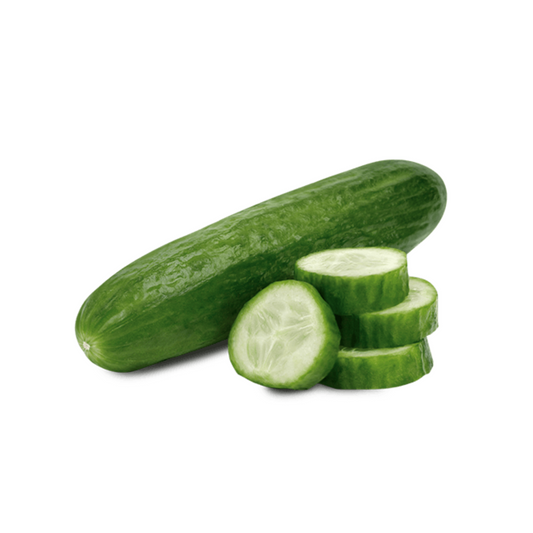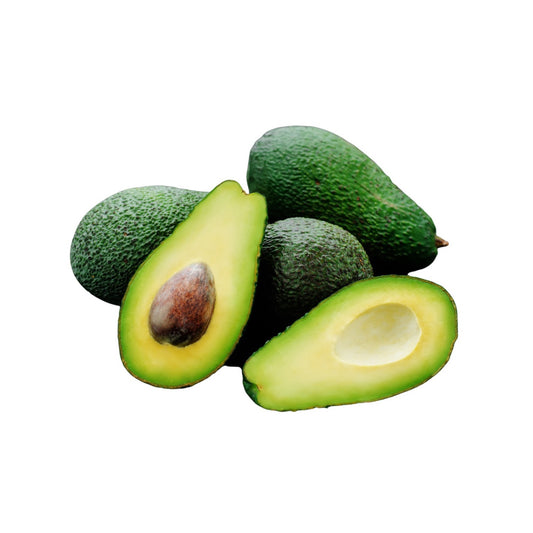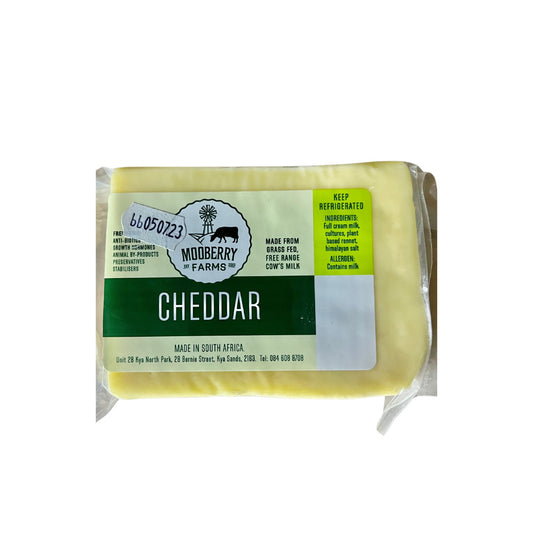Article Summary:
-
The tomato (Solanum lycopersicum) is botanically classified as a fruit, specifically a berry, because it develops from the ovary of a flower and contains seeds.
-
Tomatoes belong to the plant kingdom (Plantae) and are further classified into various subcategories including Tracheobionta, Spermatophyta, Magnoliophyta, Magnoliopsida, Asteridae, Solanales, and Solanaceae.
-
Despite being a fruit botanically, tomatoes are often used as vegetables in cooking due to their savory flavor.
The question "Is a tomato a fruit or a vegetable?" has puzzled cooks, botanists, and even legal experts for centuries. While it's a common ingredient in salads and savory dishes, the answer is more complex than it seems. From a scientific perspective, the classification of a tomato is clear, but in the culinary world, it often plays a very different role. This article delves into the botanical definition of a fruit, explores the culinary uses that lead many to consider it a vegetable, examines the tomato's biological structure, and even touches on legal rulings that have weighed in on this debate. By balancing scientific facts with traditional uses, we aim to provide a comprehensive understanding of the tomato's dual identity.
What qualifies as a fruit?
In botanical terms, a fruit is defined as the seed-bearing structure of flowering plants, scientifically known as angiosperms, which develops from the ovary after flowering. It is essentially the ripened ovary, complete with its contents, encompassing the seeds and surrounding tissues. The definition can also extend to include tissues derived from other floral parts besides the ovary, such as the receptacle, petals, or sepals. This definition is rooted in the plant's reproductive biology, focusing on the structures that arise from the flower to facilitate seed development and dispersal.

Shop 700g Organic Bananas at Orchard Food
Fruits are categorized into several types based on their origin, including simple, aggregate, multiple, and accessory fruits. Simple fruits come from a single carpel or fused carpels within a single ovary, while aggregate fruits develop from multiple carpels within the same flower, which then fuse together. Multiple fruits, on the other hand, result from a cluster of flowers known as an inflorescence. Accessory fruits incorporate tissues from floral parts beyond the ovary. Additionally, fruits can be classified as either dry or fleshy, with dry fruits further divided into dehiscent (opening at maturity) and indehiscent (not opening independently).
Among the various types of fleshy fruits, berries are a notable example. A true berry is a simple fleshy fruit that comes from a single ovary, characterized by seeds embedded within its fleshy interior. Examples of fruits that qualify as true berries according to this definition include grapes, currants, cucumbers, eggplants, tomatoes, chili peppers, and bananas. Understanding the botanical definition of a fruit is crucial for grasping why, scientifically, a tomato is unequivocally considered a fruit.
Why tomatoes are often considered vegetables
In the culinary world, tomatoes are frequently regarded as vegetables due to their widespread use in savory dishes, despite their botanical classification as fruits. This stems from their flavor profile, which leans towards the tangy and umami rather than the sweet, and their common application in a vast array of non-sweet recipes across diverse cuisines. Unlike fruits that are often enjoyed as desserts or snacks, tomatoes are more typically used as a key ingredient in main courses and side dishes, contributing depth and richness to the overall flavor.
Tomatoes' versatility in the kitchen is evident in their transformation into a myriad of culinary creations. They form the foundation of numerous sauces, including pasta sauce, marinara, and pizza sauce, providing a rich and flavorful base for these popular dishes. Tomatoes also shine in fresh salads like Caprese, Arab, Israeli, and Shirazi, where their juicy texture and vibrant taste enhance the overall sensory experience. Moreover, tomatoes are used to create both chilled soups like gazpacho, perfect for warm weather, and comforting warm soups that offer a hearty and nutritious meal.
Across different cultures, tomatoes hold a prominent place in various dishes, further solidifying their perception as vegetables. In Indian cuisine, they are used to impart tanginess and color to flavorful curries and zesty chutneys. Beyond these specific examples, tomatoes are found in a wide range of culinary applications, from sandwiches and bruschetta to hearty stews and even innovative desserts. This remarkable versatility, combined with their savory qualities, leads many cooks to treat tomatoes as vegetables in the kitchen, embracing their ability to enhance and complement a variety of dishes.
The tomato's biological structure seeds and development
The fruit of a tomato plant develops from the fertilized ovary after successful pollination. It is considered a fleshy, berry-like structure. Depending on the variety, the fruit varies in size, shape, and color. The flesh of the fruit is comprised of the pericarp walls, and it contains locules, or hollow spaces, which are full of seeds.
Tomato fruit development includes early fruit development and fruit ripening. Early fruit development determines the size and morphological structure. This early stage can be further divided into ovary development and fruit setting, rapid cell division and increase in cell number, and the triggering of growth and development. The pericarp, or wall of the fruit, is fleshy and surrounds the seeds. It has three main layers: the exocarp (outermost layer), the mesocarp (middle layer), and the endocarp (innermost layer). The mesocarp, also known as the flesh, is the juicy, edible part composed of parenchyma cells filled with water, sugars, acids, and other nutrients.

Shop 500g Organic Rolled Oats at Orchard Food
Tomato fruits contain numerous seed locules, compartments within the fruit that house the seeds. These locules are arranged radially around the central core, varying in number depending on the tomato variety. Each locule contains multiple small, flattened, kidney-shaped seeds encased in a gel-like placental tissue. These seeds are surrounded by a seed coat that protects the embryonic plant. At the top of the fruit is the pedicel, or fruit stalk, a small, woody structure that connects the fruit to the main stem, facilitating nutrient transport and providing support.
Balancing science and tradition understanding tomato's dual identity
The tomato presents a unique challenge in classification, as it straddles the line between scientific accuracy and culinary tradition. Botanically, the tomato (Solanum lycopersicum) is unequivocally a fruit, defined as the mature ovary of a flowering plant that contains seeds. It belongs to the nightshade family (Solanaceae), alongside relatives like chili peppers, potatoes, tobacco, and eggplants. This classification is based on the tomato's biological structure and development, originating from the flower's ovary after fertilization.
However, in culinary practice, the tomato is often treated as a vegetable. This is largely due to its savory flavor profile and its use in a wide array of savory dishes, such as sauces, salads, soups, and curries. Unlike sweet fruits that are typically consumed as desserts, tomatoes are commonly used as a main ingredient or accompaniment in savory courses.
Therefore, the tomato's dual identity reflects the interplay between scientific precision and cultural practice. While botany provides a clear classification based on the plant's reproductive biology, culinary tradition and legal rulings have shaped the tomato's perception as a vegetable. Understanding this dichotomy enriches our appreciation of the tomato, recognizing it as both a botanical fruit and a culinary vegetable.










